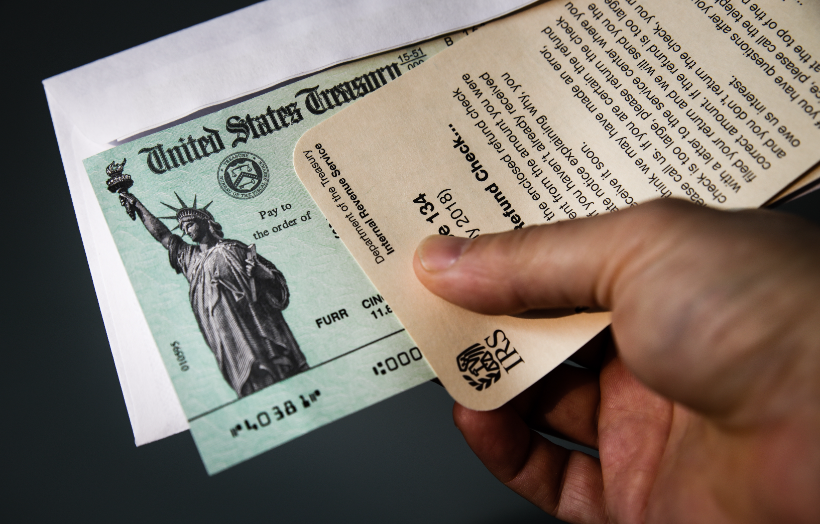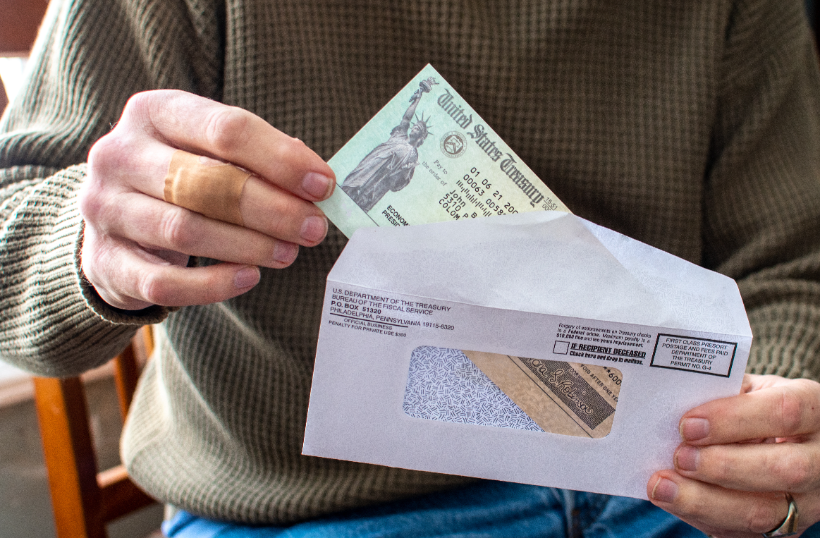What to Expect from the Second Coronavirus Stimulus Package
Published:The Next COVID-19 Relief Bill Is Being Negotiated – What Benefits Will It Include?
On Capitol Hill, U.S. lawmakers have been working on a second major stimulus bill in response to the COVID-19 crisis and they hope to come to an agreement soon. The first stimulus bill – the Coronavirus Aid, Relief, and Economic Security Act (a.k.a. CARES Act) – was signed into law by President Donald Trump on March 27, 2020. However, the funding provided by the CARES Act has run out and many Americans continue to struggle financially as government-ordered lockdowns continue in most states.
In somewhat positive news, 1.8 million jobs were added in July and the unemployment rate fell to 10.2% according to the U.S. Bureau of Labor Statistics, potentially a sign of a recovering economy. However, Democrats insist that more government aid is needed. A compromise will have to be found between the $3.4 trillion stimulus package passed by House Democrats and the $1 trillion stimulus plan proposed by Senate Republicans.
Treasury Secretary Steven Mnuchin said, “If we can reach a compromise on these big issues, I think everything else will fall into place.” Major issues for Coronavirus-related stimulus include unemployment benefits, payroll protection, and a second stimulus payment for eligible individuals.
If a compromise isn’t reached soon, President Donald Trump has said that he is ready and willing to sign executive orders for certain programs – such as payroll tax deferral and other actions he believes are needed to assist struggling American workers and businesses.
Coronavirus Stimulus Relief Timeline
The Coronavirus Aid, Relief, and Economic Security (CARES) Act was signed into law by President Donald Trump on Friday, March 27, 2020. This $2 trillion stimulus package was the first major piece of legislation providing aid to Americans struggling as a result of the COVID-19 epidemic. This historic stimulus package funded a number of programs – including stimulus checks, small business loan relief, expanded unemployment benefits, and more.
>> Check the Status of Your Stimulus Payment
An interim relief bill was signed into law on Friday, April 24, 2020. This $484 billion package provided additional funds for small business loans, hospitals, and medical testing. Most of the money (approximately $320 billion) went to the Paycheck Protection Program (PPP). Even though this package cost nearly half a trillion dollars, it’s been called an “interim” bill because it’s expected to bridge the gap between the CARES Act and the next big piece of COVID-19 legislation.
This week (August 3rd-7th)… Republicans and Democrats have been meeting all week to negotiate the second major COVID-19 relief bill, but no deal has been struck yet. House Speaker Nancy Pelosi stated, “I feel optimistic that there is a light at the end of the tunnel, but how long that tunnel is remains to be seen.”
On Friday, August 7th, another meeting took place that included House Speaker Nancy Pelosi (D-Calif.), Senate Majority Leader Charles E. Schumer (D-N.Y.), Treasury Secretary Steven Mnuchin, and White House chief of staff Mark Meadows. Schumer and Pelosi announced that Democrats are willing to cut the cost of their $3.4 trillion proposal by $1 trillion (mainly by reducing the duration of certain benefits programs) if Republicans would add $1 trillion to their initial $1 trillion proposal. However, Mnuchin and Meadows have reportedly stated that a $2 trillion package is a “non-starter.”
The next piece of Coronavirus legislation includes proposed funding for the U.S. Post Office, additional unemployment benefits, extended protection for renters facing eviction, school funding, funding for child care, state and local governments, and liability insurance for some businesses.



